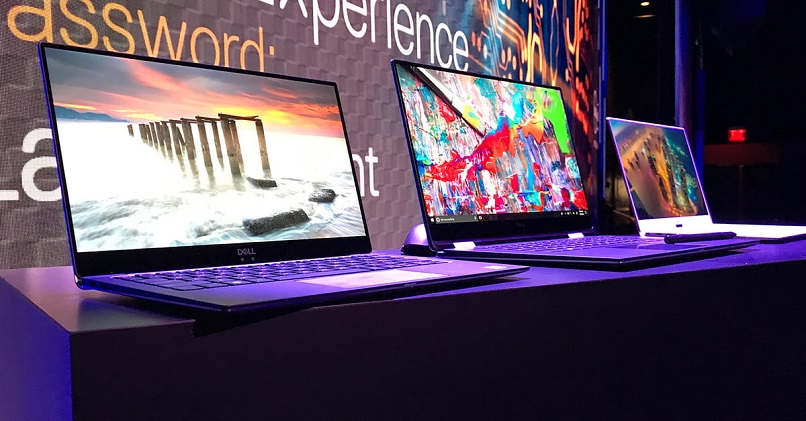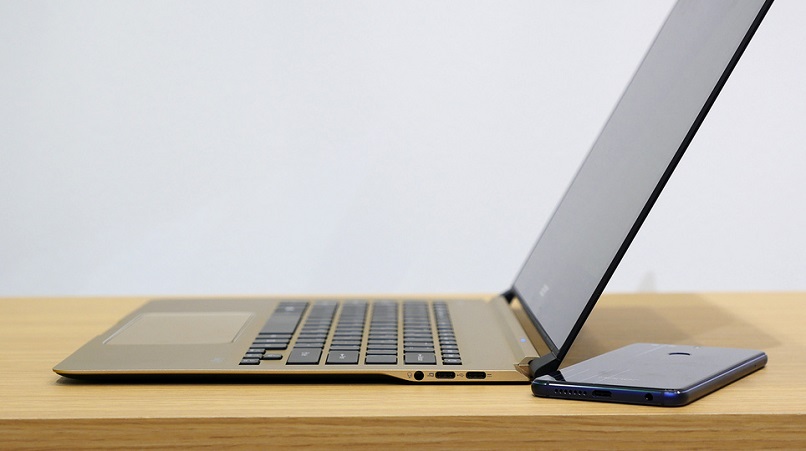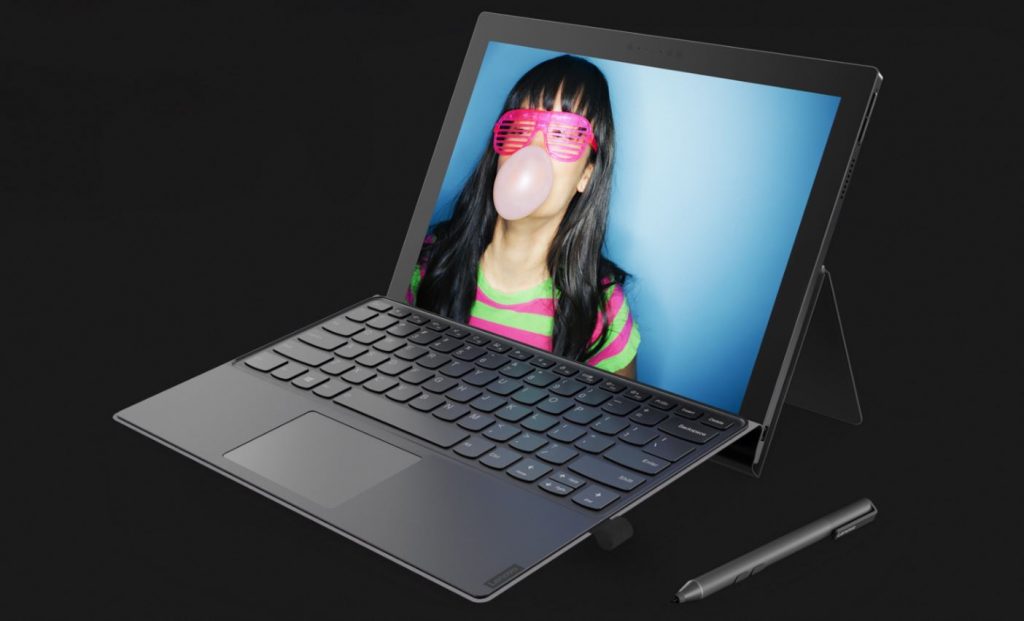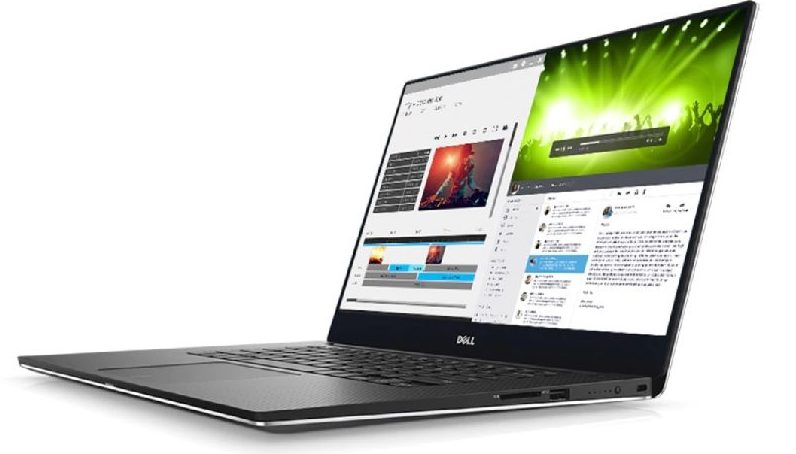Through the last couple of years, laptops have changed in a major way. We’ve started to appreciate more the 2-in-1 laptop/tablet hybrids, that are far more versatile, portable and comfortable to use. At the recently held CES 2018 event, we were able to witness some great additions and future laptops. Each annual event like this shows us what to expect from the following 12 months and they surely look promising.

In the next couple of lines, we’ll discuss the top 3 laptops that were presented at this event, without any particular order. These are just options that deserve to be mentioned and that have incredible features, that the consumers will most probably appreciate!
Acer Swift 7
Acer’s Swift 7 laptop stands out for one reason: It’s probably the thinnest laptop you can buy at the moment. At 8.98 millimeters thin, it’s not much thicker than the iPhone X or Samsung Galaxy S8 and the comparison of thickness between a laptop and smartphone sounds ridiculous, right?. It’s also slimmer than HP’s 10.4-millimeter Spectre, which the company previously claimed was the world’s thinnest notebook. The new Swift 7 is impressively sleek and almost unbelievably light, and Acer claims it can offer 10 hours of battery life.

But there is at least one catch: the Swift 7 runs on an older 7th generation Intel processor, which feels dated alongside all the new 8th generation Intel-powered laptops being shown at CES. Those interested in the Swift 7 are probably more interested in portability than performance anyhow, but it’s still a high price to pay for aging hardware.
Lenovo Miix 630
Microsoft believes your laptop shouldn’t behave all that much differently than your smartphone — meaning, it should always be on and active so that you can wake it up instantly while it constantly refreshes your email and other notifications in the background. And most importantly, it should offer battery life that’s long enough to last for a day or more. Microsoft is working with Qualcomm on new laptop-tablet hybrids that use Snapdragon 835 chips to enable this type of experience. Lenovo’s Miix 630 is among the first results of these efforts.

The Miix 630 has a 12.3-inch WUXGA screen, making the display around the same size as the latest Surface Pro models, but with a lower resolution. Lenovo and Qualcomm are claiming the laptop will last for up to 20 hours on a single charge, and the Miix 360 comes with a keyboard and stylus at no extra cost. The Miix 630 includes 4G LTE support and will run on Windows 10 S, Microsoft’s newer version of Windows designed to only run apps from the Windows Store. Users will have the option to upgrade to Windows 10 Pro as well.
Dell XPS 15 2-in-1
Dell also showcased a new convertible model of its XPS 15 at CES, marking the first time the company has launched a 2-in-1 version of its 15-inch XPS laptop. The XPS 15 notebook-tablet hybrid will run on Intel’s 8th generation processor with Radeon RX Vega M discrete graphics. That means it should have better performance than the 13-inch hybrid model, which runs on Intel’s Core Y line of processors designed for super-thin, fanless laptops.
The more powerful processor will also be especially helpful for ensuring that the XPS 15’s 4K display, which is also nearly borderless like the XPS 13’s, doesn’t drain the battery too quickly. All told, the XPS 15 looks like a promising option for those who want a laptop that’s light and flexible but don’t want to sacrifice much when it comes to power and graphics performance.




